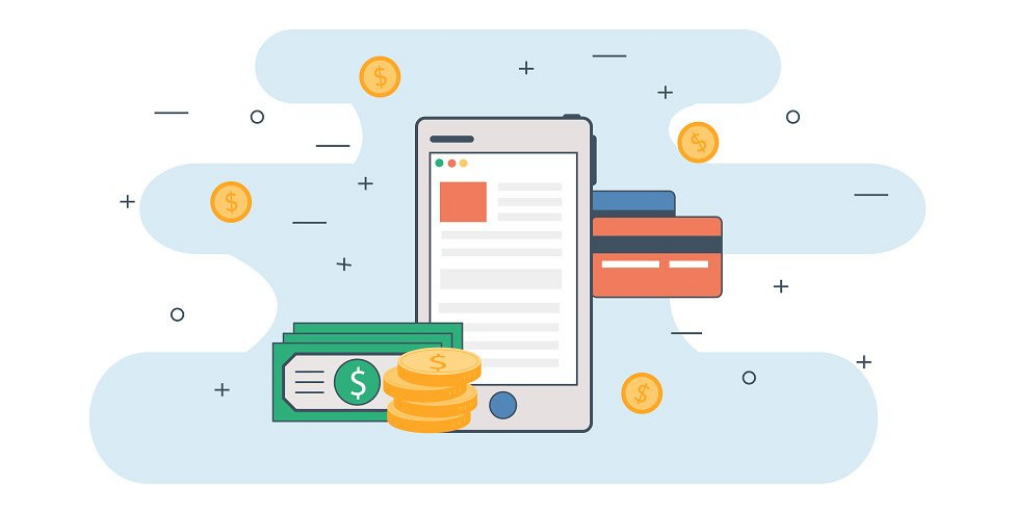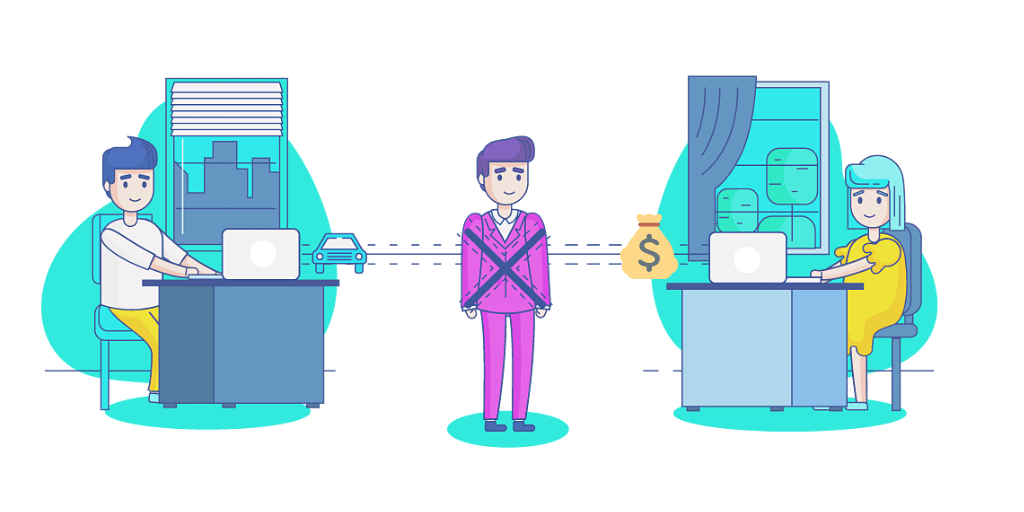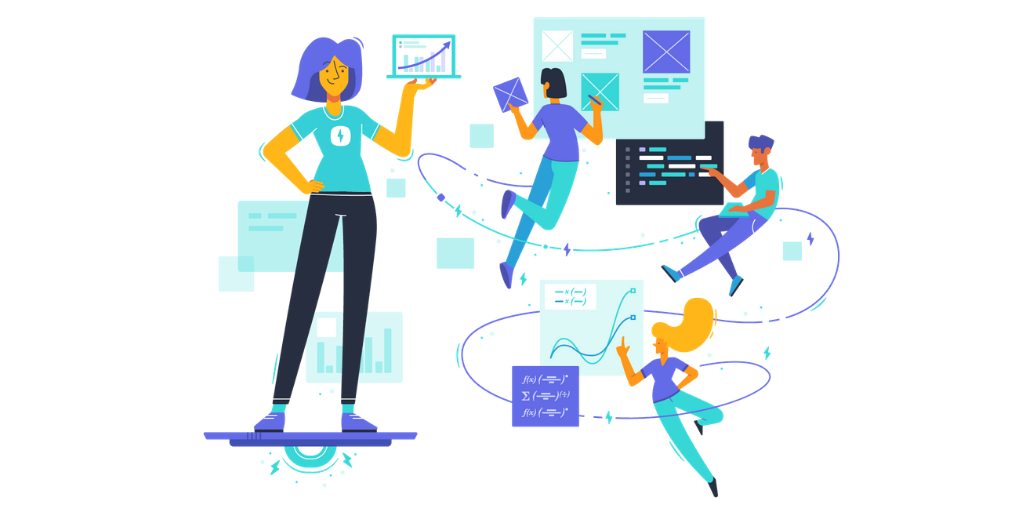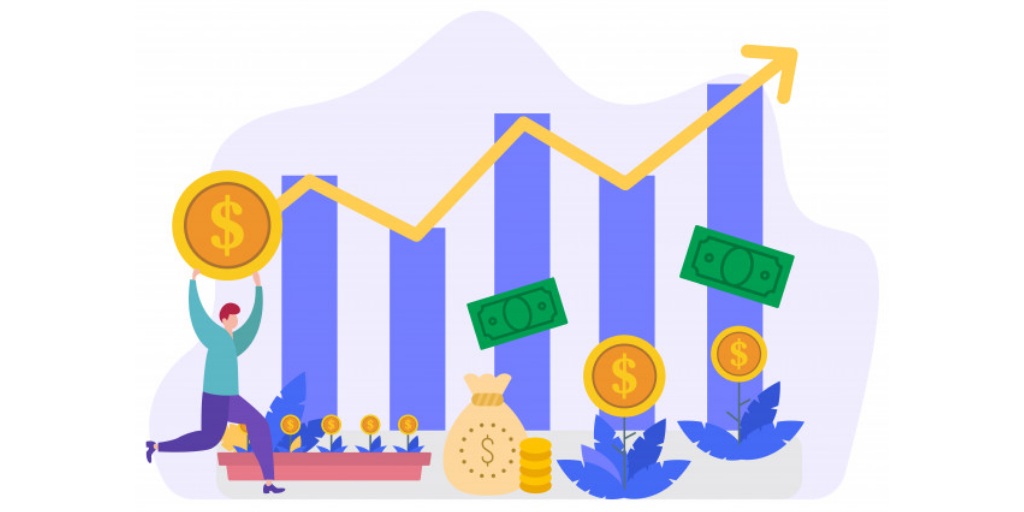The Four Pillars of Modern B2B Payments

Creating a modern B2B payments experience comes down to one idea: transactions should be frictionless.
There's no reason a customer should worry about how much they're being charged or whether a transaction is secure. Vendors shouldn’t spend time thinking about what payment methods to accept, how quickly they'll receive payment, or how to integrate those payments into their overall cash cycle. All of those things should be automatic.
This ethos is key to transforming the commercial finance infrastructure. In this blog, we'll explore the four main pillars of modern B2B payments.
Let’s dive in!
B2B payments is overdue for disruption
Our industry has changed very little in the past century. For decades, huge transaction fees and layers upon layers of gatekeepers have been the standard for B2B payments. Precedent pointed to this expensive, middleman model because it was "the cost and way of doing business." But the digital era is changing that.

Today's controllers expect more from payment providers. They're accustomed to technology making their job's easier, faster, and more cost-efficient. It's not enough to process payments, they want better customer experiences, too.
Not coincidentally, these are also traits we value at Paystand. We asked ourselves: "What would payments look like if we built them from scratch today?” Inspired by disruptors reshaping other industries, it's easy to imagine payments would actually look more like this:
- No transaction fees
- Automated invoicing and collections
- Flat monthly pricing
- Paperless
- Flexible integrations
- Real-time cash recognition
- No markups or interchange fees
That's a radical shift from today's payment landscape, but changes are already reshaping the industry. Commercial finance is at the cusp of reinvention. The future of payments will belong to companies that adapt to this new digital reality. And that's exactly what we're doing at Paystand. We're making payments the easiest part of running a business.
These four shifts will transform B2B payments and make that possible:
1. Zero Fees: Transaction → Subscription
Eliminating transaction fees will be one of the most disruptive changes to B2B payments. A 'Zero Fee' framework can help companies unlock new revenue and speed up the pace of global economic growth.
That's why we pioneered Payments-as-a-Service at Paystand. We operate on a subscription model, so our customers only pay a flat monthly rate to use our software. This approach has helped us build a faster, more flexible product. And while it may seem counterintuitive, charging lower prices has actually increased our customer lifetime value.

This model would shift our industry’s focus from transaction volume to customer success. In this paradigm, businesses would be incentivized to partner with payment providers to enable greater value throughout their cash cycle. This type of engagement would mark a revolutionary change in the customer-provider dynamic.
2. Paperless: Analog → Digital
The DNA of the enterprise is going digital. Today's world operates almost entirely paperless, and it's software-driven, flexible, and scalable.
Unfortunately, the commercial banking industry is still firmly rooted in an analog world. The reality is that over half of business transactions still happen over paper. And that’s followed closely by the Automatic Clearing House (ACH), an invention from the same era that gave us the 8-track cassette. The net result is an infrastructure that slows business growth, innovation, and customer adoption.
Paper-driven processes have a number of problems:
- Costly
- Error-prone
- Increased risk of theft or fraud
- Lack of data for forecasting
- Inefficient
It’s time for business payments to catch up and keep up. Companies have massive incentive to adopt digital solutions, particularly as it relates to cost savings and delayed payment challenges.

This is how digital adoption drives value:
- It reduces costs. Checks are costly to process. By some estimates, the cost of issuing a B2B check can range from $8-$20, and much, much more when you factor in lost time. In contrast, enabling digital payments can cut these costs by up to 98%.
- It decreases errors. Manual processes can be labor-intensive and slow. This makes errors like paying duplicate invoices or paying for services that haven't been delivered more likely. Digital systems can lower the risk of mistakes through automation. Not only are errors reduced, but invoice processing times decrease too, which can lower costs by up to 75%.
- It increases productivity. Automation reduces the time needed to process invoices from weeks to hours or even minutes. By integrating with other sources, you can house all your resources in one central location. This increases team efficiency while reducing confusion.
- It increases accuracy. Lack of access to data around paper-driven processes makes it difficult to provide accurate budgets and forecasts. At Paystand, all of our solutions come with reporting capabilities that give you transparency into your payments, making it easy to see how and where money is being spent.
- It increases security. Outdated payment methods like paper checks and ACH are prone to fraud because they can easily be forged and lack real-time fund verification. Switching to a digital system can increase security and fraud mitigation through features like blockchain notarized certificates.
Today, the digitization of business payments is still in early stages, but we are reaching a tipping point and the shift to digital is now inevitable.
3. Efficiency: Manual → Automated
The future of business payments will be highly automated. This is by far the number one thing our customers have asked for over the past 12 months.
"Large companies are concerned about B2B payment systems that rely on paper or manual processes. There is significant opportunity for automation growth... 32 percent of companies plan to introduce innovations related to automated payables in the next year." (Source: The B2B Payments Tipping Point)
Automation significantly lowers business costs by automating key repetitive tasks, improving quality, consistency, control, and traceability, and helps remove errors by consolidating data from disparate systems.

Moreover, since digital processes enable better data collection and analysis, machine learning will help businesses use pattern recognition to create customized collection plans and flag warning signs of fraudulent activity.
Potential applications for automation:
- Receivables Management: Automated invoicing, monitoring of receivables, delayed invoice reminders, personalized collection plans.
- Payables Management: Verifying accuracy of payments, compilation of payables listings, monitoring of outstanding balances, preparation of year-end adjustment.
Teams that continue to hold back on automation will ultimately pay a higher price than those who leverage it.
4. Access: Gatekeepers → Open Industry
Removing gatekeepers will unlock new levels of capital efficiency for businesses.
In today's infrastructure, sending and receiving money is a high-friction, high-cost experience, riddled with gatekeepers and middlemen charging additional fees at every turn. These kinds of little frictions add just enough drag on the global economy that we're forced to slow down economic growth.
"In a world without middlemen, things get more efficient in unexpected ways. A 1% transaction fee may not seem like much, but down a 15-step supply chain, it adds up." (Source: Harvard Business Review)
We expect the future of payments will shift control from banks and credit card companies, promoting greater collaboration between businesses and consumers. As this trend unfolds, gatekeepers will be sidelined and traditional payment providers, which historically played the role of brokers, will face the risk of being eliminated unless they adapt to this new age and provide added value.

One way we're already beginning to see this happen is with the emergence of the blockchain. We leverage enterprise blockchains at Paystand to increase security and add compliance and transparency into our payment network. Every successful payment processed through our platform is imprinted with an instant digital stamp. It's like an electronic notary that verifies every transaction, without the middleman.
Any transformation which helps small businesses compete with giants will have major global effects. This makes blockchain a technology to watch for business payments and the commercial finance industry as a whole.
Conclusion
Innovation has never been more important for corporate finance teams, yet we seem to live in a world that seeks to ignore customer needs.
Transforming B2B payments for the digital era using tools like SaaS, blockchain, and artificial intelligence isn't just necessary, it will become the new standard model of payments. In this reality, businesses won't just hire the product, but the company and its vision, too.
At Paystand, we want to make payments the easiest part of running a business. Not just to build the payment platform, but to push the industry and shape the payments experience we would want for our customers.
We always have and always will stand for something more — a better, simpler, more inclusive commercial banking industry for all.
If this mission interests you, please get in touch with us.